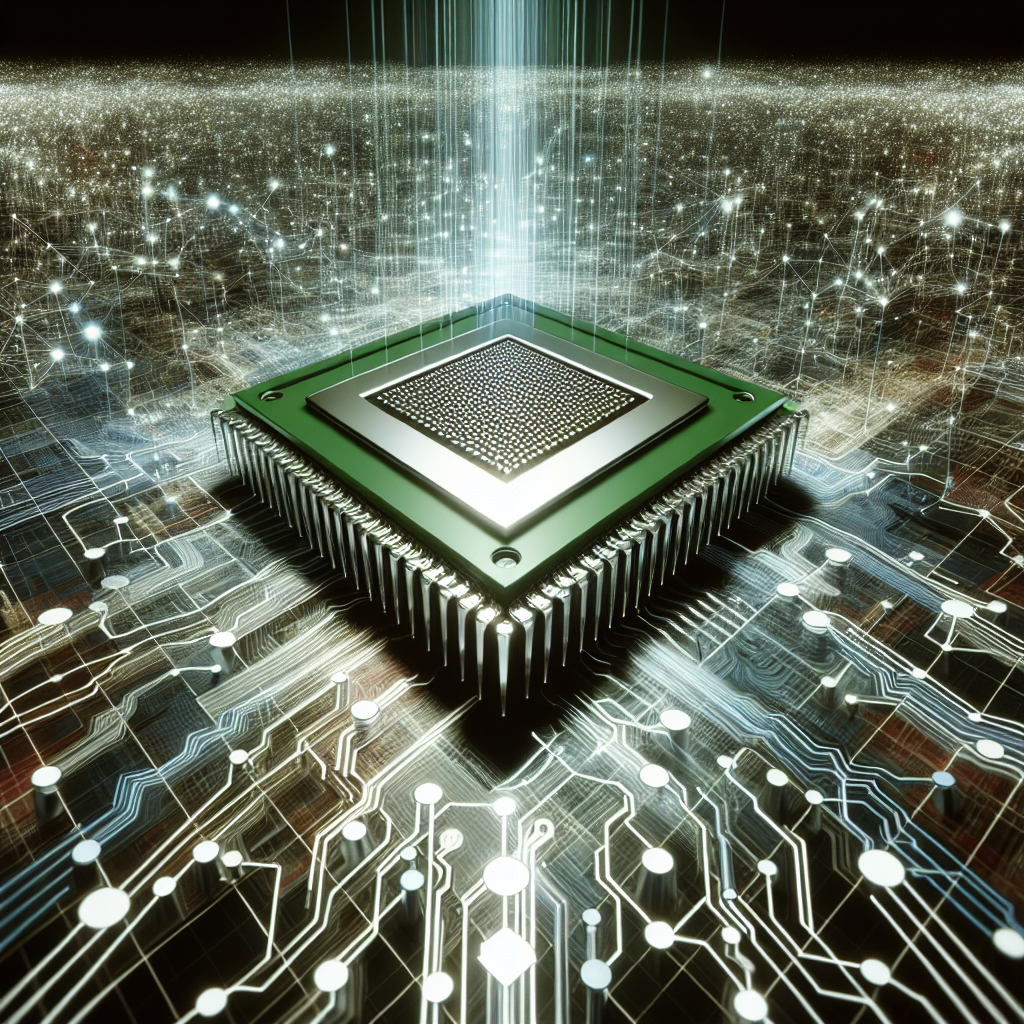How NVIDIA HPC is Revolutionizing High-Performance Computing
High-performance computing (HPC) has long been a crucial tool for researchers, scientists, and engineers in a wide range of industries. From weather forecasting and climate modeling to drug discovery and financial modeling, HPC enables users to tackle complex problems and process massive amounts of data in record time. NVIDIA, a leading technology company known for its graphics processing units (GPUs), is revolutionizing the field of HPC with its powerful hardware and software solutions.
NVIDIA’s HPC solutions are built around its GPU technology, which has become the go-to choice for many HPC users due to its parallel processing capabilities and ability to accelerate a wide range of applications. GPUs are able to handle thousands of threads simultaneously, making them ideal for tasks that require massive amounts of computation. In addition, NVIDIA’s CUDA programming model allows developers to easily harness the power of GPUs for their applications, making it easier to take advantage of the performance benefits they offer.
One of the key ways NVIDIA is revolutionizing HPC is through its partnership with leading supercomputing centers around the world. These collaborations have resulted in the development of some of the most powerful supercomputers in existence, such as the Summit system at Oak Ridge National Laboratory and the Sierra system at Lawrence Livermore National Laboratory. These supercomputers are capable of processing exabytes of data and running complex simulations that were previously impossible with traditional computing technologies.
NVIDIA’s HPC solutions are also making a significant impact in industries such as healthcare, finance, and autonomous vehicles. In healthcare, GPUs are being used to accelerate the analysis of medical images, enabling faster and more accurate diagnoses. In finance, GPUs are being used to power algorithmic trading systems that can process massive amounts of data in real time. And in autonomous vehicles, GPUs are being used to process sensor data and make split-second decisions to keep passengers safe on the road.
In addition to its hardware solutions, NVIDIA is also investing heavily in software tools and libraries that make it easier for developers to optimize their applications for GPUs. The company’s CUDA toolkit provides a comprehensive set of tools for GPU programming, while libraries such as cuDNN and TensorRT offer optimized algorithms for deep learning and inference tasks.
Overall, NVIDIA’s HPC solutions are revolutionizing the field of high-performance computing by providing users with the tools they need to tackle complex problems and process massive amounts of data with unprecedented speed and efficiency. As the demand for HPC continues to grow across industries, NVIDIA’s technology is poised to play a key role in shaping the future of computing.


